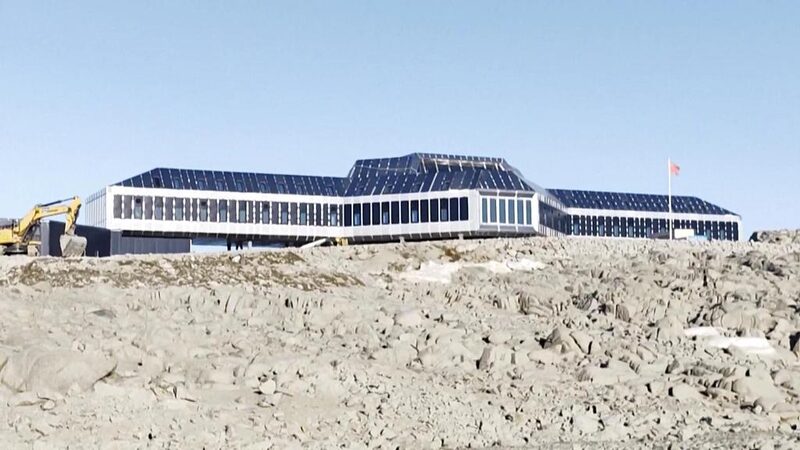Green Power in the Polar Wilderness
China’s Qinling Station in Antarctica is set to become a beacon of sustainable research with the imminent launch of its groundbreaking renewable energy system. Developed by the Polar Research Institute of China, the facility integrates wind, solar, and hydrogen power to achieve what officials call the world’s first large-scale clean energy grid in Antarctica’s extreme environment.
Tech Meets the Tundra
The station, China’s fifth Antarctic base and third year-round facility, will rely on renewables for 60% of its energy. With wind turbines, solar panels, and hydrogen storage now installed, engineers are fine-tuning systems ahead of February’s operational deadline. 'This isn’t just about keeping lights on—it’s a leap in polar tech innovation,' said Sun Hongbin, PRIC’s lead scientist for polar energy.
We built a lab in Taiyuan to simulate Antarctic conditions—extreme cold, 24-hour daylight, and ferocious winds. Testing here was critical to ensuring reliability.
Beyond Fossil Fuels
The hybrid system can sustain operations for 2.5 hours without wind or sunlight, a crucial buffer during Antarctica’s harsh winters. Once operational, the station will support up to 80 summer researchers and 30 winter staff with minimal emissions—a model for global polar science.
Reference(s):
China achieves green scientific research in the polar energy field
cgtn.com
